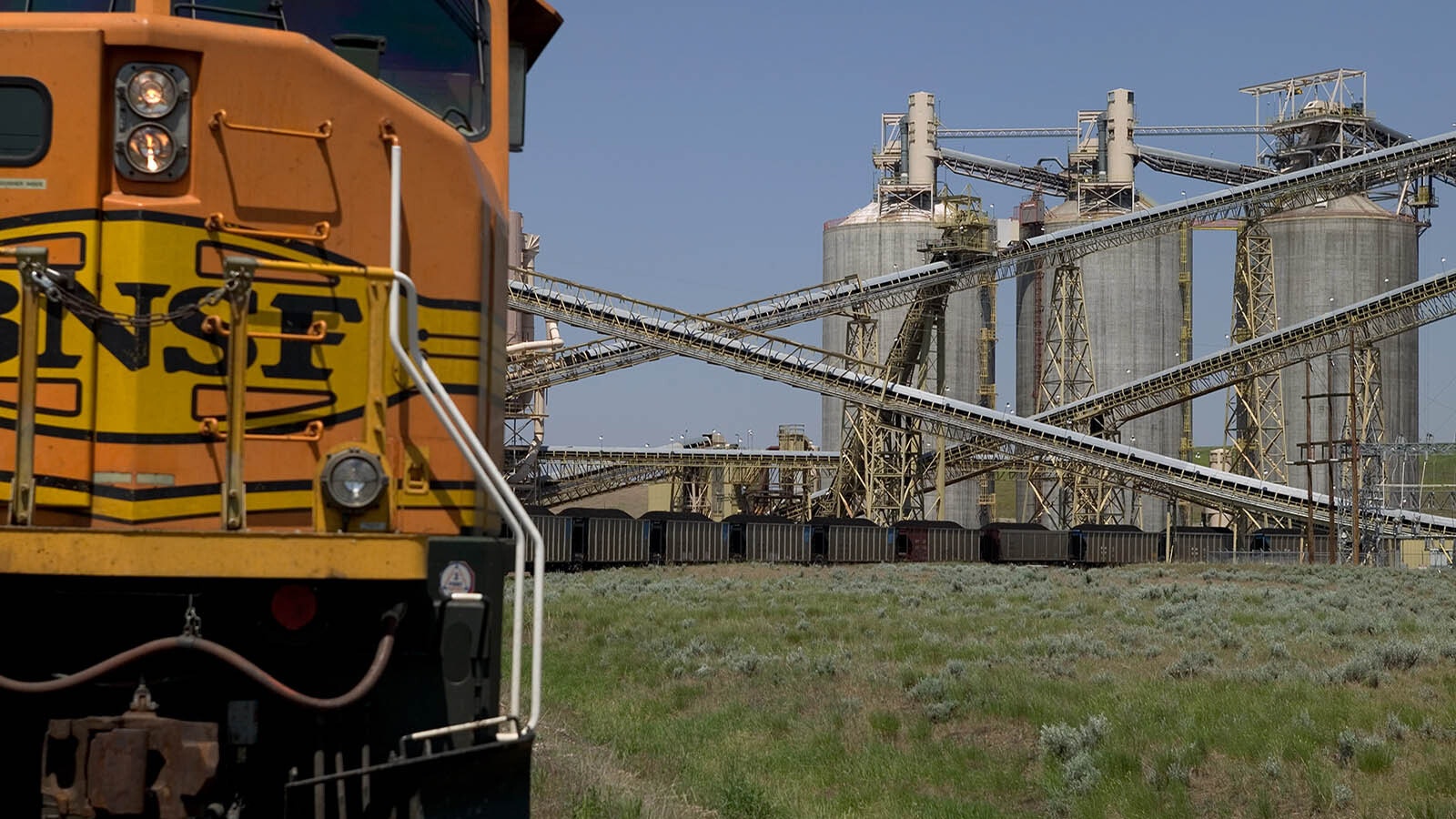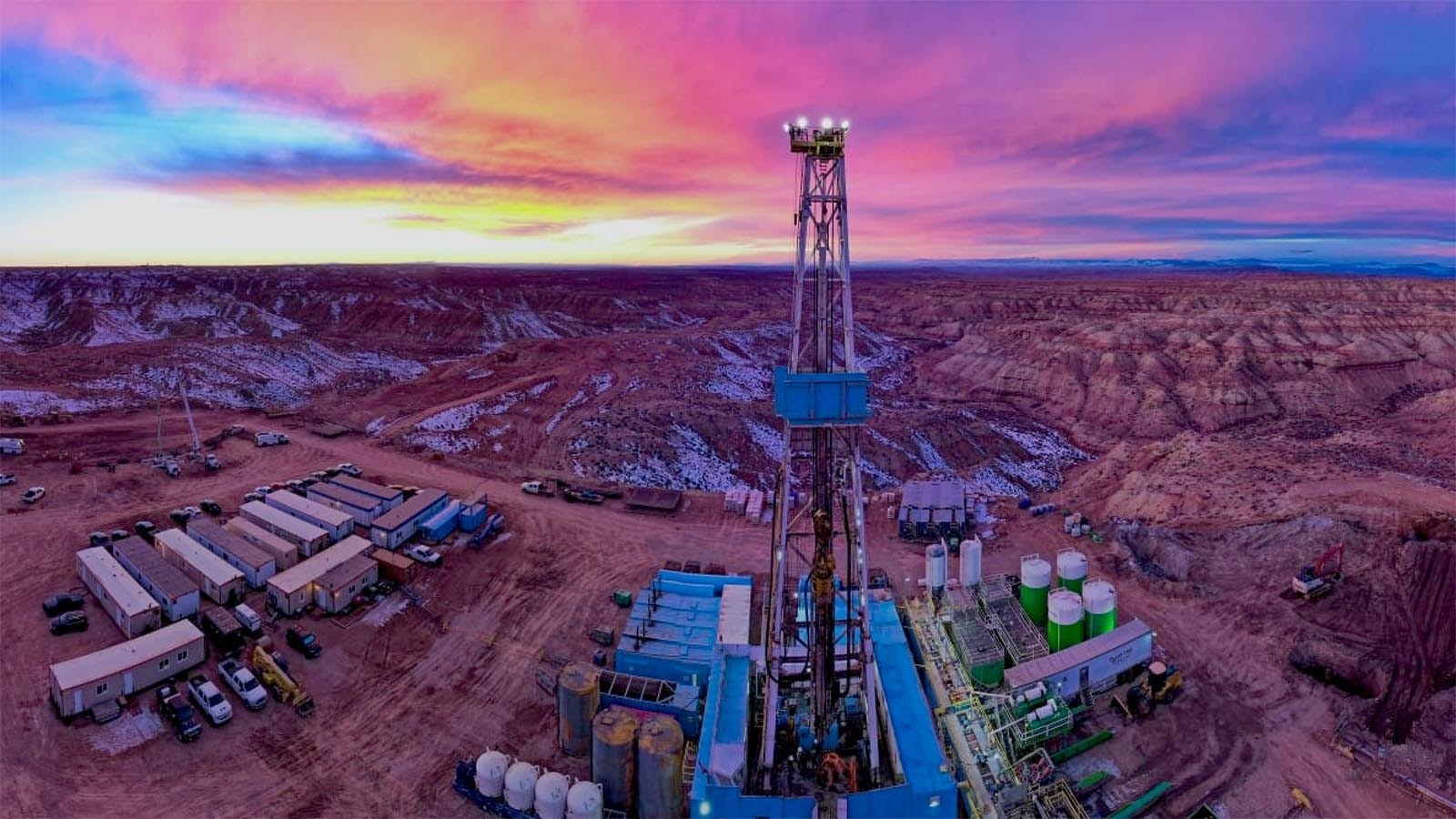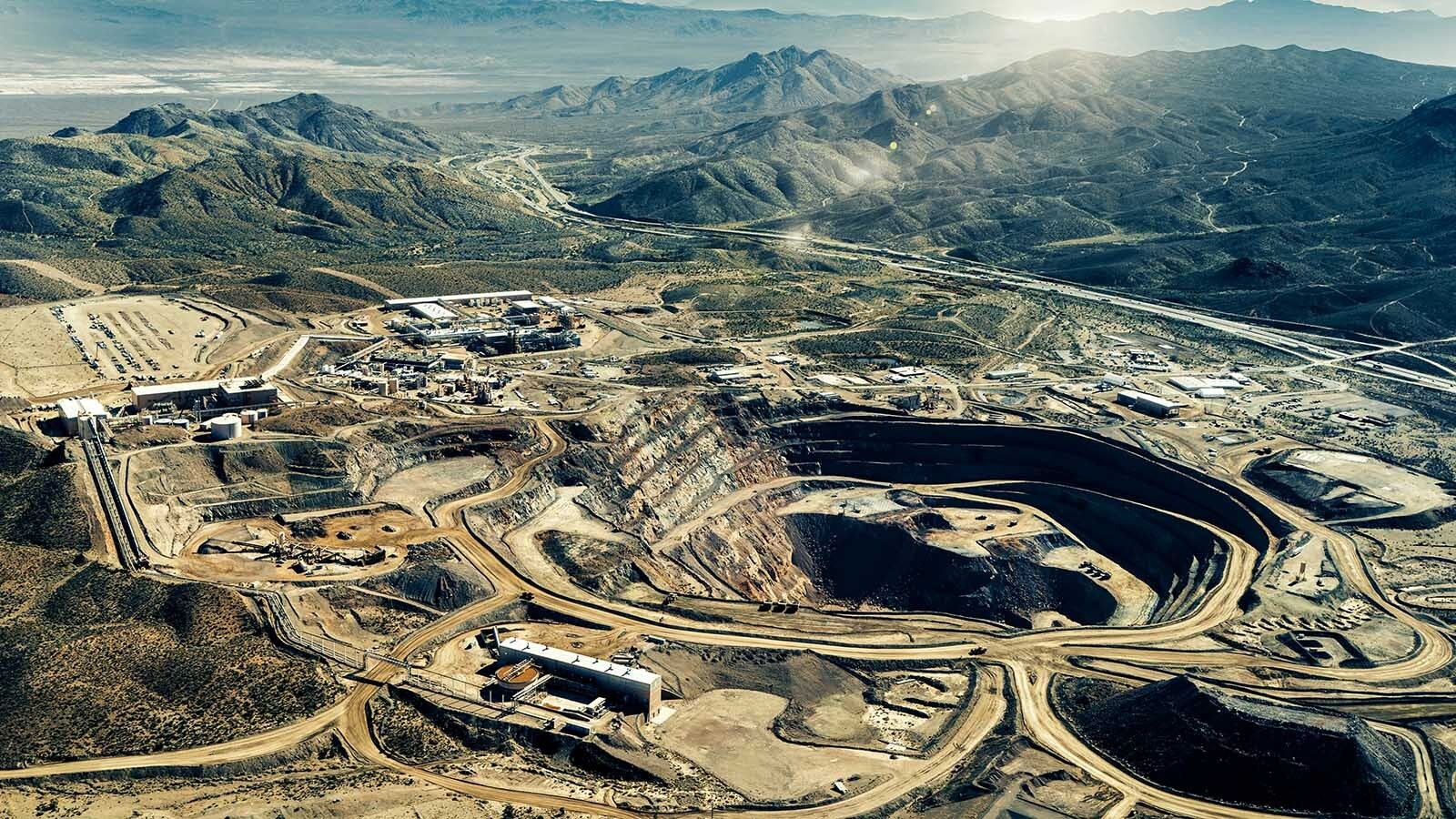Last year, about 50 million tons of coal didn’t get shipped out of Wyoming mines because producers said they couldn’t get enough rail service to move it, which cost the state about $100 million.
The problems with rail transport continue, and it doesn’t just impact coal mines. Producers of all kinds of minerals and products report rail service issues.
John Ward, executive director of the National Coal Transportation Association, discussed the issue during a presentation Thursday at the Wyoming Mining Association Annual Convention in Sheridan.
There’s a number of factors contributing to the problem, Ward said, but the lean way railroads are run today leaves them unable to satisfy customers’ needs.
Precision Scheduled Railroading
The railroads have often blamed labor shortages for the problem, and Ward said that is part of the issue. But he said that labor issues are just one symptom of a larger problem.
In the early 1990s, Hunter Harrison, who was at the time CEO of the Illinois Central Railroad, pioneered a concept of precision scheduled railroading.
“Even the railroads will now admit it’s neither precision, nor scheduled,” Ward said.
The overall goal was to cut costs and make a more efficient railroad by running freight trains on schedules like passenger trains. Ward said there’s debate over how much the change in managing approach caused shipping problems.
Ward presented a graph of the amount of freight shipped on America’s railroads. It showed an increase of0.4% in that time. The S&P rail index, which includes the railroads’ stock prices, have risen exponentially higher than the average for the S&P.
“So, the railroads have figured out ways to make gobs more money, but not by shipping more material,” Ward said.

Nobody’s Happy
The impacts haven’t just hit the producers. It also impacts buyers.
The NCTA, along with its partners, conducts a semi-annual shipper performance survey of randomly selected utilities. The number of respondents tends to go up when there’s more problems, but the survey gets a few dozen utilities on board.
Among the questions asked is if the company has modified its operations in the year 2022 due to railroad transportation service issues, disruptions and delays. All of the utilities that responded to the survey said they had.
“There's nobody out there who's happy with the rail service that they've received,” Ward said.
Another question that the survey asked, trying to determine if the problem lies with the coal mines, was if the deliveries weren’t made because the trains couldn’t pick up coal.
About 10% reported that had happened, but in most cases, the coal was there if the train was.
Recruitment And Layoffs
The labor shortages the railroads blame for the problem, Ward said, deserve some scrutiny. When the problems first started showing up, the railroads blamed the pandemic. They had furloughed a lot of workers, and when the companies called them back, many didn’t return.
Ward said that the railroads had laid off about 30,000 people prior to the pandemic.
There was a time when you needed to know someone working for a railroad company to even get an interview for an open position, he said.
Now, the companies are holding job fairs and offering huge bonuses to try to recruit people to work for them. It’s not easy to find someone that can pass the rigorous training that they have to go through. Many don’t get past the drug test, and others wash out during training.
Many more have said they decline to take the job because they have to work weekends, nights and holidays on snowy railroads locations in the middle of nowhere.
For those few that stick with it, it takes a long time to train them. Many industries are struggling to find workers, but it’s even harder, Ward said, for tough jobs like those on the rails. Ultimately, he said, it’s the consequence of the precision scheduling. The railroads have been run for the shareholders, with less and less attention given to the customers.
“It’s because all the fat has been cut out of the system,” Ward said.
After a railroad strike was averted earlier this year when the Biden administration intervened, a pain point of contention remains inflexible work schedules. That’s something Burlington Northern Santa Fe Railway said has been addressed.
Lena Kent, general director of public affairs for BNSF, told Cowboy State Daily in January after the deal that, with an increase in personal leave days this year, the average railroad employee receives 25-29 days of paid time off per year.
“Our people remain our greatest strength, and we could not do what we do without the hardworking, dedicated men and women of BNSF,” Kent said.
The company also is implementing systems to restore and increase rail capacity, Kent said, as well as reduce congestion. The company added 425 locomotives to its active fleet and improved repair times.
“BNSF takes pride in delivering safe, efficient, consistent and reliable service,” Kent said.
Public Service
Rep. Cy Western, R-Big Horn, who attended the conference, told Cowboy State Daily Ward’s presentation demonstrated that there’s a problem — the railroads are increasing profits but not increasing the volumes they ship.
“We love companies making money, so long as they're staying faithful to their business model. For the railroads, that's shipping commerce,” Western said.
With railroads operating like a public utility, in that there’s no options for rail customers to go to a competing company for better shipping service, it’s an area where government intervention is sometimes needed, he said.
“I appreciate that they've had challenges with their labor and with extreme weather events. But sooner or later, they got to stick to their mandate of shipping tonnage and shipping commerce. It's a huge problem when they aren’t,” Western said.
Other Issues
The rail system isn’t totally to blame, Ward said. Another side of the equation is what’s happening with the Biden administration’s war on coal.
Unlike natural gas, coal can be stored easily, so coal-fired power plants keep stockpiles on hand to ensure reliability of their operations.
In 2021, stockpiles at coal-fired power plants, Ward said, were drawn down. The utilities went to build those stockpiles back the following year, but that’s when the railroads began to experience the worst of the shipping problems.
Now, the NCTA surveys show utilities are not really trying to build those stockpiles back up.
Rate-regulated investor-owned utilities, Ward said, are some of the biggest supporters of the transition to green energy.
Because of federal subsidies, they can make more money building wind and solar farms than they can operating plants coal-fired power plants.
The bonuses that the CEOs of these companies receive are tied to their ability to meet climate goals, Ward said.
“Not for reliability, not so your lights don’t go out. But for climate goals,” Ward said.
So now that many utilities are putting aside shipments and not bothering to keep robust stockpiles at the plants, he said.





